Ertach Kernow - Sabine Baring-Gould and the Cornish Giant
Sabine Baring-Gould not perhaps well known or remembered these days, but someone who contributed much towards the preservation of Cornish cultural heritage. The collecting of folk songs and tales from Cornwall and Devon by him is seen as an invaluable contribution to the preservation of culture and one that he is said to have been most proud of. Better known to church going folk Baring-Gould is remembered for writing the hymn Onward Christian Soldiers to music by Sir Arthur Sullivan. Although today many politically correct church communities have either omitted this hymn from their hymnbooks or changed the word soldier to pilgrim, comrade or the like. His contribution to Cornish culture was highlighted with him serving as Vice President for ten years from 1897 for the Royal Institution of Cornwall, which manages the Royal Cornwall Museum.
Born in Exeter in 1834 Sabine’s home was the manor house in the civil parish of Lew Trenchard less than a mile from Lewdown the former home of celebrated son of Cornwall Geoffrey Rowe, better known to all as Jethro. Less than sixteen miles from the Cornish border of the River Tamar, Sabine would have had many Cornish interests and his later research and writings often combined both Cornwall and Devon within single volumes relating to a given subject. Over his long life his has been credited with 1,240 publications with a wide variety of subjects including novels, obviously a man of terrific energy he also fathered 15 children with his wife of 48 years Grace.
With such a large catalogue of work even relating to Cornwall we can only consider a small part of Baring-Gould’s work now and in future articles. His book ‘Cornish Characters and Strange Events’, first published in 1908, looked at the lives of some 80 Cornish people some of great note and worthy of remembrance today, others less so. Over time we will consider these lives mentioned and hopefully bring them to greater awareness and add to Baring-Gould’s work from other sources. It one of those folk well known by sight through his portrait, but less about his life and known generally as the Cornish Giant, that is the main subject of this article.
On visiting the Royal Cornwall Museum it’s pretty unlikely anyone will miss the portrait of Anthony Payne the Cornish Giant at 7’ 4’’ tall and weighing in at 32 stone. Always a bit of fun for visitors, especially children, is measuring height and foot size against those of Anthony, and he really was a huge chap. Baring-Gould tells us he was known as the ‘Falstaff of the West’, due to his quick wit, and that he was born in the manor house, now the Tree Inn at Stratton, the son of a tenant to the Grenville family of Stowe. At age 21 he joined the household of Sir Bevill Grenville, and it is recorded that he continued to grow in height by a further two inches. His strength matched his size and At Stowe Anthony Payne delighted in exhibiting his strength. Baring Gould writes ‘In the hurling-ground a rough block of stone is still pointed out as Payne's cast, lying full ten paces beyond the reach whereat the ordinary player could put the stone.’ Although he was a huge man it was noted that he wasn’t physically clumsy or slow and he had received some education, being able to read and write. The Grenvilles obviously saw something in this young man beyond his immense size making him a senior retainer and in turn he responded with great loyalty and support when needed during the Civil War.
At the Battle of Stamford Hill in 1643 with the Parliamentary troops out numbering the Royalist under Grenville, Anthony Payne rallied the troops and attacked causing them to flee. When Sir Bevill was later killed at the Battle of Lansdown it was Payne who sat the sixteen-year-old John Grenville on his father’s horse and led the troops. Payne returned the body of his master back to Cornwall ensuring Sir Bevill rests with his ancestors at Kilkhampton Church.
After the Restoration in 1660 Sir John Grenville was ennobled becoming the Earl of Bath and was appointed by Charles II as governor of the garrison at Plymouth, where Anthony Payne was made halberdier of the guns as well as a yeoman of the King’s guards. The painting shows Payne wearing the uniform of a Halberdier of the Guns of Plymouth Citadel. There he remained until age caused him to retire back to his home of Stratton.
Payne was much regarded by John Grenville and he in turn by Charles II who had a painting of Anthony commissioned by court artist Sir Godfrey Kneller. Baring-Gould writes the painting was lost when the great house at Stowe was taken down and the painting then little valued passed to a Grenville property at Penheale and was forgotten. Many years later when travelling in Launceston the Cornish historian C S Gilbert got wind of the painting being in the possession of a farmer’s wife, whose husband had been given it by the estate steward. She described it as ‘a carpet with the effigy of a large man on it’. He paid her eight pounds and on Gilberts death was sold for £42, but in London recognised as being the work of Kneller was again sold for £800. Later it appeared in the effects of Admiral John Jervis Tucker of Trematon Castle who died in 1886 and was purchased by a Devonian man. However, it had caught the eye of the Reverend Iago of Bodmin who advised the Royal Institute of Cornwall to acquire it if possible. It was purchased at some considerable cost by Robert Harvey a major benefactor to the museum who donated it in 1890. The trustees were thrilled and considered the painting had contributed much to increased visitor numbers, they also had a guide for sale about Anthony Payne and the painting selling this at 1d about 60pence today.
For a very big man and living in an age where longevity was not great Anthony Payne lived to about 80 years old. Thought to have been born in 1612 he died in the manor house where he had been born in 1691. Of course, as with many tales of people who are outsized there were problems getting him out and the floor needed to be removed. He was buried at St Andrews Church, Stratton on 13th July just four days after his wife Sibilla in an unmarked grave. When the church was restored in 1887 it is said a large grave 8’ by 3’ was opened in the south aisle, which included a thigh bone 2’ 9’’ long. Although it is sad that he was not remembered there, perhaps for the best given the ghoulish tendencies of some people, but his real memorial is the painting which has now been seen by hundreds of thousands of people within the Royal Cornwall Museum and more through various books.
It only seems fair to more than just mention Sir Godfrey Kneller in passing as the artist who ultimately provided Cornwall and the Royal Cornwall Museum with the portrait of Anthony Payne. He was born Gottfried Kniller in the city state of Lübeck, later incorporated into Schleswig-Holstein, Germany. Kniller became a pupil of Rembrandt before arriving in England in 1676 and winning the patronage of James Duke of Monmouth, the eldest illegitimate son of Charles II. This was this opening that later led him becoming appointed as Principal Painter in Ordinary to the Crown by Charles II. He continued to paint royal portraiture through to the reign of George I and his death in 1723. He had been knighted by William III in 1692 and in 1715 created a baronet by George I helping illustrate the high regard the Crown had for his work. Kneller was not exclusively painting for British royalty, nobility and famous personages of the day, he also painting portraits for foreign monarchs including ‘The Sun King’ Louis XIV of France. That Sir Godfrey Kneller was commissioned by Charles II to paint Anthony Payne gives some indication of the high standing Charles II had for Sir Bevill and later Sir John Grenville and they in turn for Anthony Payne. This historic masterpiece fully accessible for visitors to enjoy is certainly an immensely important work both artistically and for Cornish heritage, a lasting memorial to Anthony Payne.
An opportune point to remember Cornish author, poet and academic Dr Alan Mark Kent who sadly passed away on 20th July aged just 55. In 2007 Alan wrote a play entitled ‘Oogly es Sin: the Lamentable Ballad of Anthony Payne, Cornish Giant’. This play toured Cornwall in 2007 as a one man play and has been performed in Cornwall since then. Alan was born in St Austell, and it was whilst studying in Wales he became aware of his Celtic and Cornish identity, which became a focus of his life and work. A prolific author with a wonderful canon of Cornish works, published by Francis Boutle, he leaves Cornwall much poorer for his loss but with a wonderful literary legacy to remember him by.
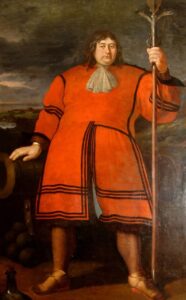
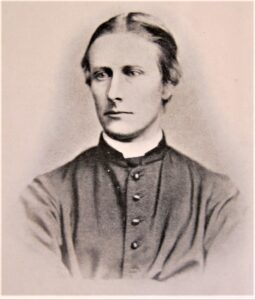
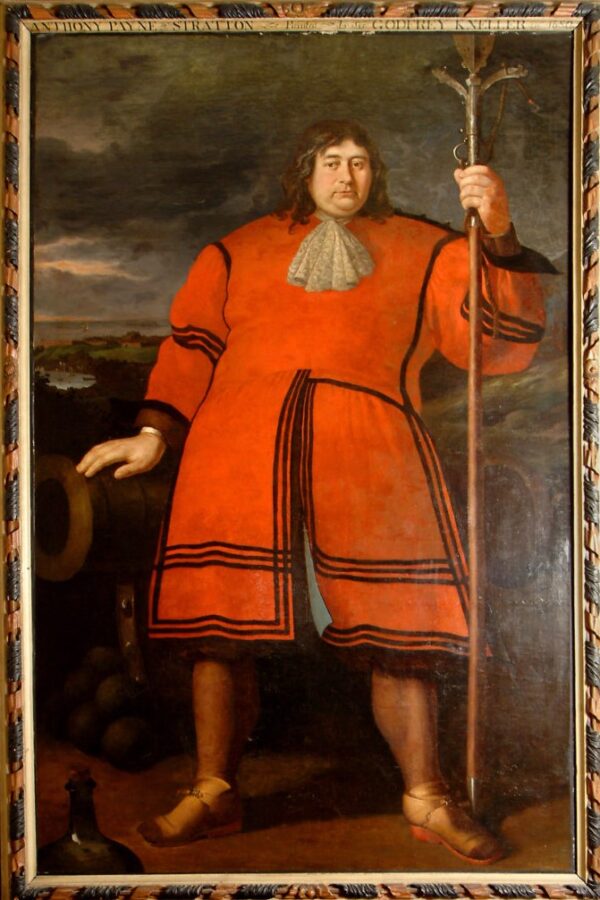
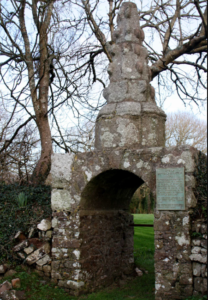
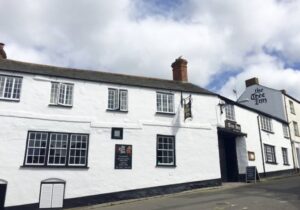
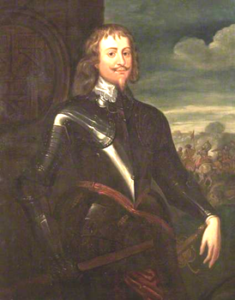
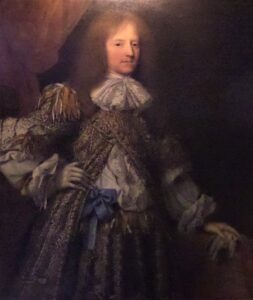
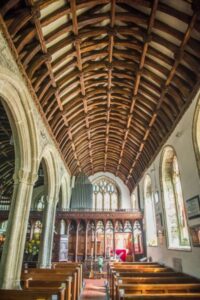
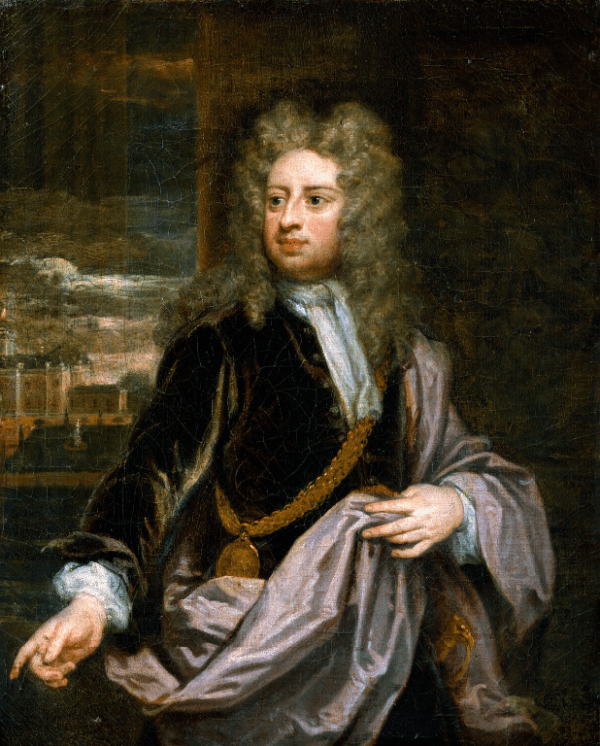
![[111] Voice - Ertach Kernow- 100822A The Cornish Giant [S] Ertach Kernow - The Cornish Giant](https://www.cornwallheritage.com/wp-content/uploads/2022/08/111-Voice-Ertach-Kernow-100822A-The-Cornish-Giant-S-242x300.jpg)
![[111] Voice - Ertach Kernow- 100822B The Cornish Giant [S] Ertach Kernow - The Cornish Giant](https://www.cornwallheritage.com/wp-content/uploads/2022/08/111-Voice-Ertach-Kernow-100822B-The-Cornish-Giant-S-240x300.jpg)
![[111] Ertach Kernow Heritage Column - 10th August 2022 - Gwenno's new Cornish album Ertach Kernow Heritage Column - 10th August 2022 - Gwenno's new Cornish album](https://www.cornwallheritage.com/wp-content/uploads/2022/08/111-Ertach-Kernow-Heritage-Column-10th-August-2022-Gwennos-new-Cornish-album-287x300.png)